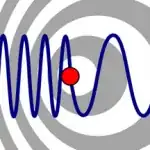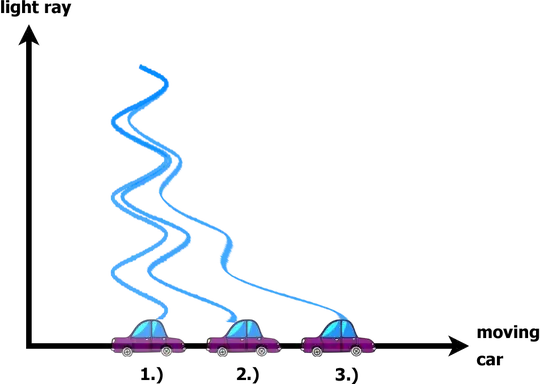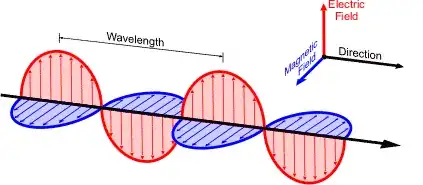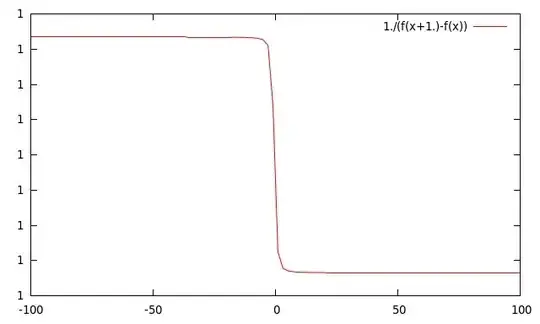First I will have to explain my question. Look at the image below. This shows doppler shift when an object is moving horizontally to the direction of the wave. Keep the word 'horizontally' in mind. Now this happens because:
I will quote Jim from his answer for Redshifting of light from a moving light source
We all know that light is a wave, when you turn on your headlights and drive in reverse, the light is doppler shifted because of the motion of source. When not moving, each cycle of the light wave is emitted from the same position; it has a specific set of wavelengths. The distance between one crest of a wave and the next crest is equal to the speed of light, c, times the period of the light (which is determined by the oscillations in your headlights and won't change when you are in motion). When you drive backwards, the distance between one crest and the next becomes the period times c plus the period times your backwards velocity (approximately); the second crest is not emitted at the same location as the first, so it extends the wavelength. From your perspective, the emitted wave would not be red-shifted at all, but from a stationary observer's perspective it is.

So now my question is, imagine a car which has a torch attached to one of its windows. The torch is switched on and the car begins to move. When the car moves, its movement is in the opposite axis from the propagation of the wave. So each crest will be released from a different location while the first crest is already on its way in a straight line. I will try to represent this graphically.

The representation is very estimate. It just shows how would the light bend as each crest is released from a different location. Please explain this to me. Will the light actually bend? Why or Why not?
Edit
What I have concluded from the answers is that first a photon is emitted and then it continues as a wave and is in no way attached to other photons. Is this right? If I got this then I got the answer for my question.

